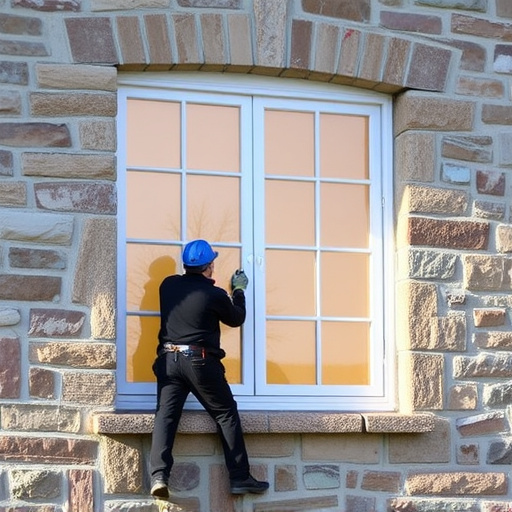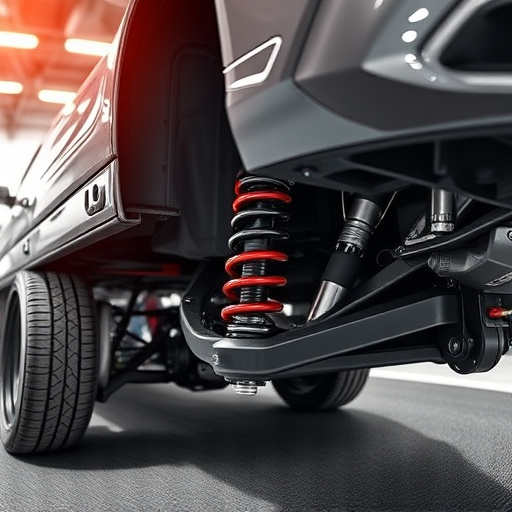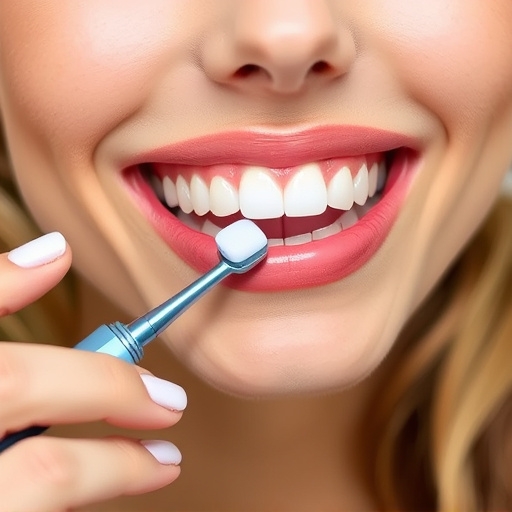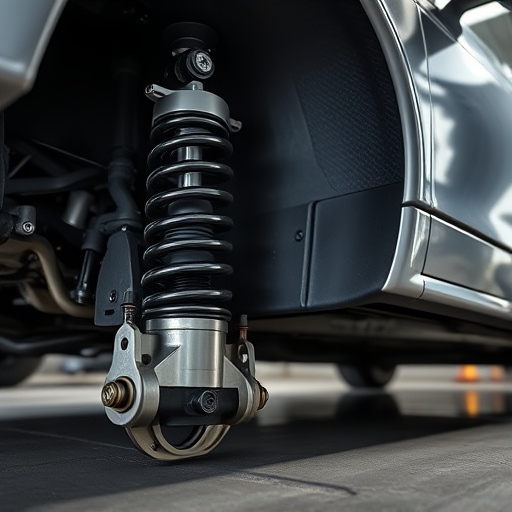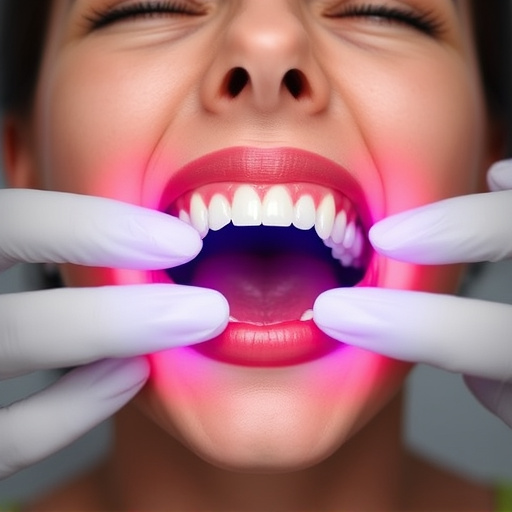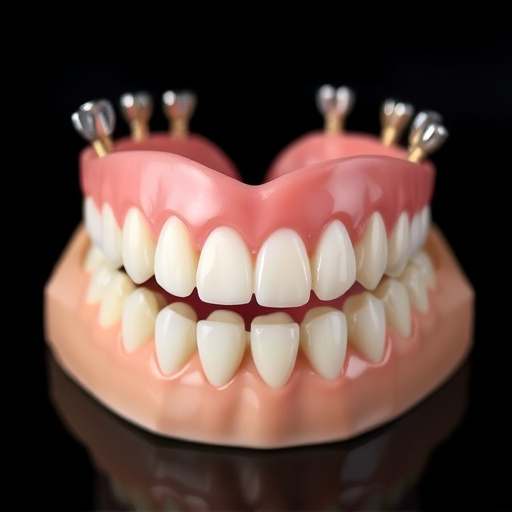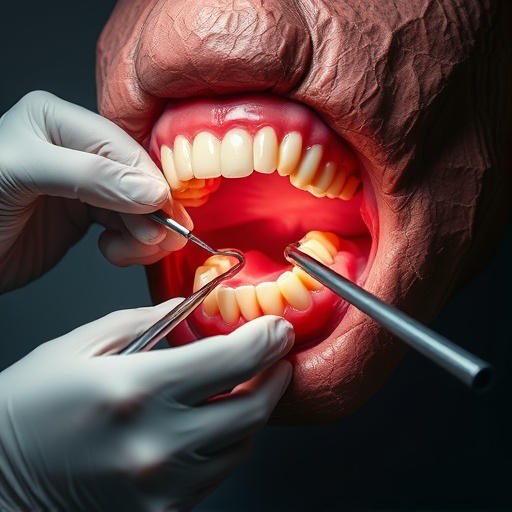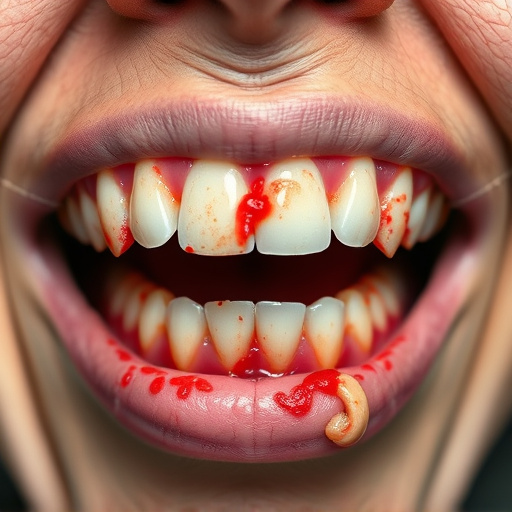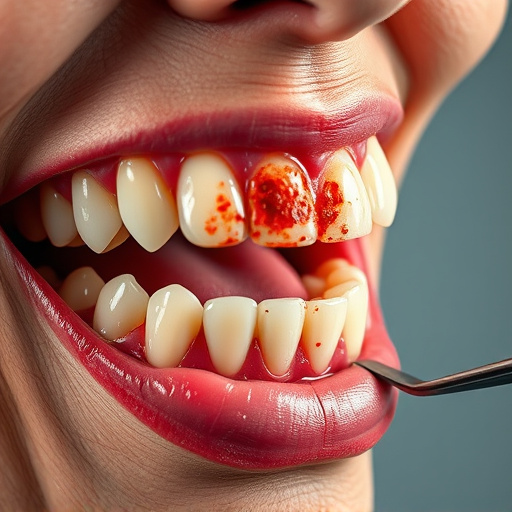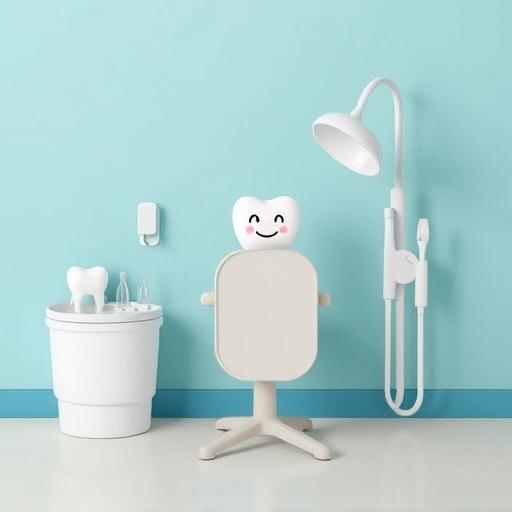Modern dental technology, including digital imaging and 3D printing, is transforming clinic operations. Digital X-rays provide clearer images, ease of storage and sharing, and reduced waste compared to traditional film X-rays. 3D printing enables precise fabrication of custom crowns, bridges, and implants, streamlining restorative dentistry, saving time and costs, and enhancing success rates in complex cases involving tooth extractions and implants. This technology ultimately boosts patient satisfaction through improved efficiency, accuracy, and care quality.
“In the realm of modern dental care, clinics are undergoing a transformation driven by innovative technology. This evolution is redefining patient experiences and treatment outcomes. From digital imaging and 3D printing, which offer unprecedented precision in dental planning, to integrated software solutions that streamline administrative processes, practices are enhancing efficiency. Additionally, advanced materials and minimally invasive techniques are revolutionizing oral health restoration, ensuring patients receive the highest level of care with minimal discomfort.”
- Adopting Digital Imaging and 3D Printing
- – The shift towards digital radiography and its advantages over traditional film-based methods.
- – How 3D printing technology enhances dental planning and surgeries.
Adopting Digital Imaging and 3D Printing
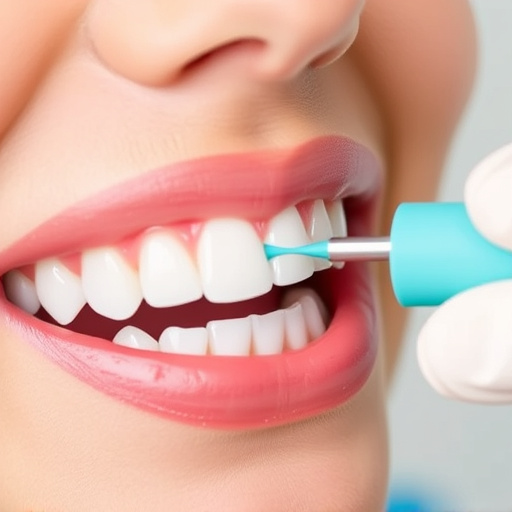
Modern dental technology is revolutionizing how clinics operate, from enhancing diagnostics to improving treatment outcomes. One notable advancement is the adoption of digital imaging and 3D printing. Digital X-rays offer several advantages over traditional film X-rays, providing clearer images that can be stored electronically and shared easily with patients and specialists. This transition not only reduces waste but also facilitates more efficient and accurate diagnoses.
Furthermore, 3D printing technology is transforming restorative dentistry by enabling the creation of precise dental restorations. Clinics can now print custom-made crowns, bridges, and even dental implants, reducing the time and cost associated with traditional methods. This innovation is particularly beneficial for complex cases involving tooth extractions and the placement of dental implants, as it allows for more accurate planning and execution, ultimately enhancing patient satisfaction and clinical success rates.
– The shift towards digital radiography and its advantages over traditional film-based methods.
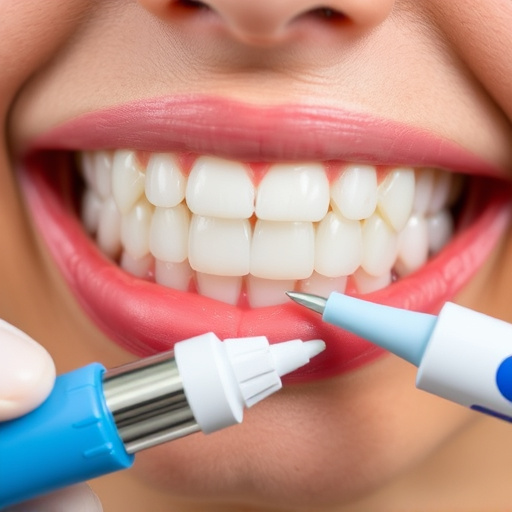
The dental industry has witnessed a significant evolution with the adoption of modern dental technology, particularly in imaging. Digital radiography has replaced the traditional film-based methods, offering numerous advantages for both dental practices and patients. One of the key benefits is improved efficiency; digital sensors provide near-instantaneous image capture and display, reducing the time spent on processing and allowing dentists to make quicker diagnoses. This speed enhances the overall patient experience, especially during urgent situations like tooth extractions or emergency dental care.
Additionally, digital radiography provides superior image quality, enabling detailed visualization of dental structures. Dentists can now access high-resolution images that reveal subtle abnormalities, making it easier to plan and execute complex procedures. This advancement in modern dental technology ensures that practices offering comprehensive dental care can deliver more precise treatments, fostering better oral health outcomes.
– How 3D printing technology enhances dental planning and surgeries.
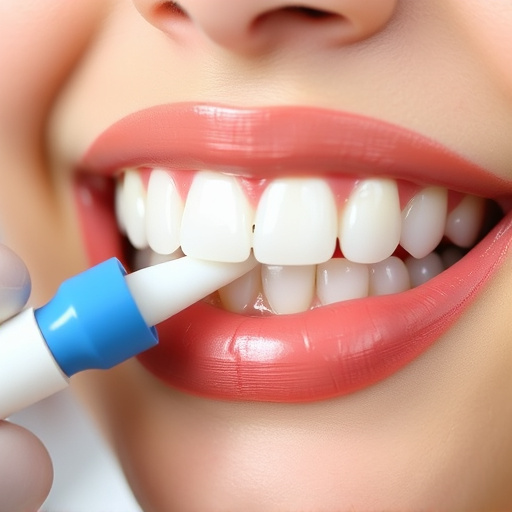
Modern dental technology has revolutionized the way clinics approach dental planning and surgeries, offering unprecedented precision and efficiency. One of the most impactful innovations is 3D printing technology. By creating detailed digital models of teeth and oral structures, dentists can now plan treatments with greater accuracy. This includes designing custom dental crowns that perfectly fit a patient’s unique anatomy, ensuring both functionality and aesthetics. Moreover, 3D printing facilitates rapid prototyping of surgical guides, making complex procedures like implant surgeries smoother and safer.
The advantages extend beyond planning stages. During actual surgeries, 3D-printed models can serve as precise templates for placing dental implants or crafting customized cosmetic fillings. This level of customization not only improves the quality of care but also reduces treatment time compared to traditional methods. As a result, patients benefit from faster healing times and more comfortable experiences, showcasing how modern dental technology is transforming routine procedures and complex surgeries alike.
Modern dental technology, such as digital imaging and 3D printing, is revolutionizing clinic operations. These advancements offer improved precision, efficiency, and patient comfort compared to traditional methods. By adopting these innovations, dental practices can enhance their planning and surgical capabilities, ultimately providing superior care. This shift not only benefits dentists but also ensures patients receive more accurate and effective treatments.
